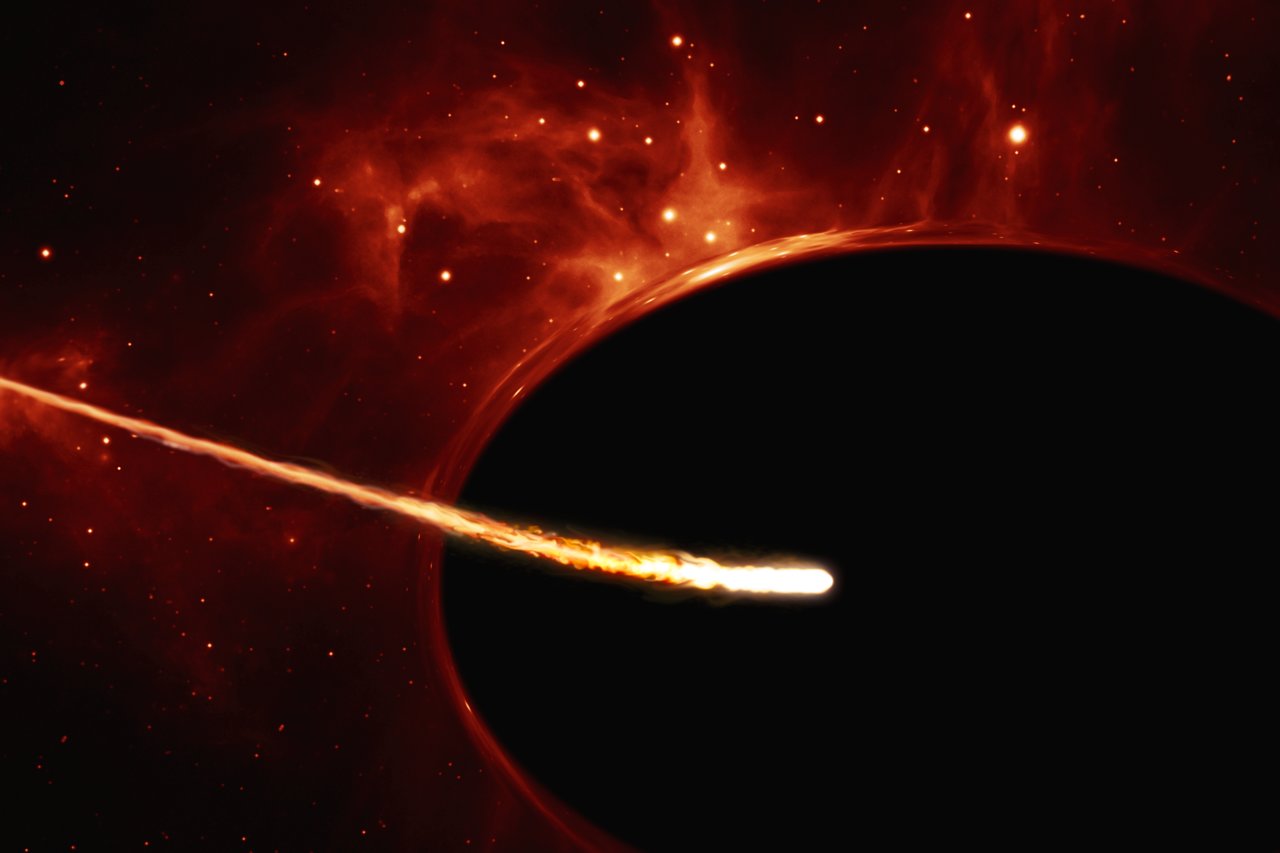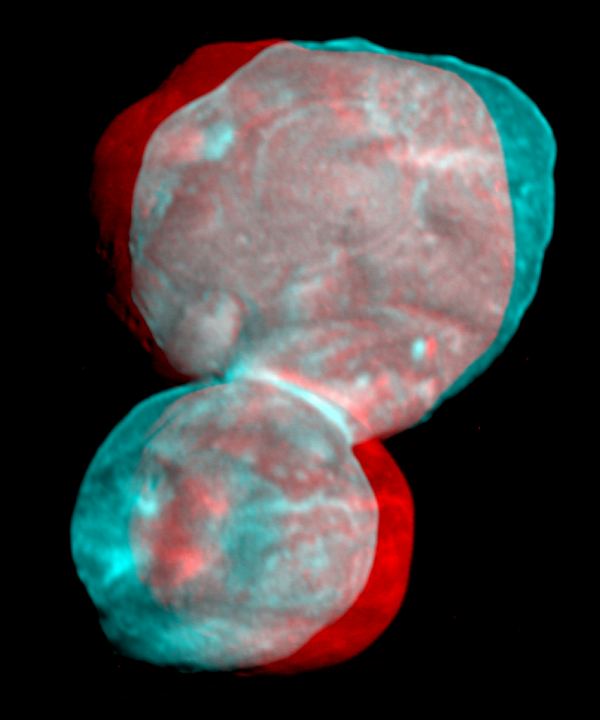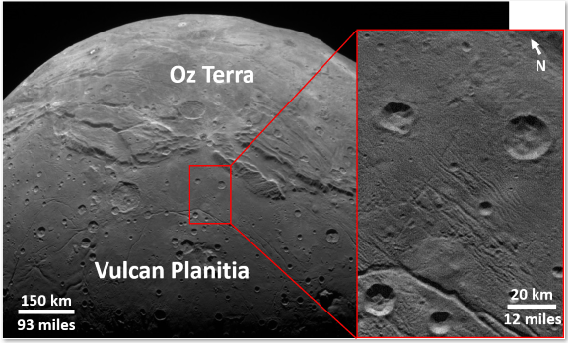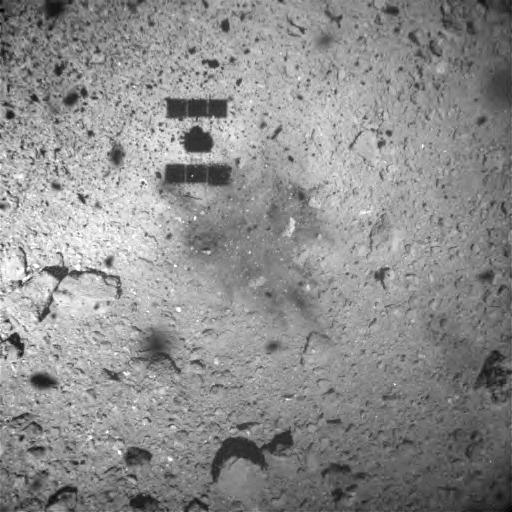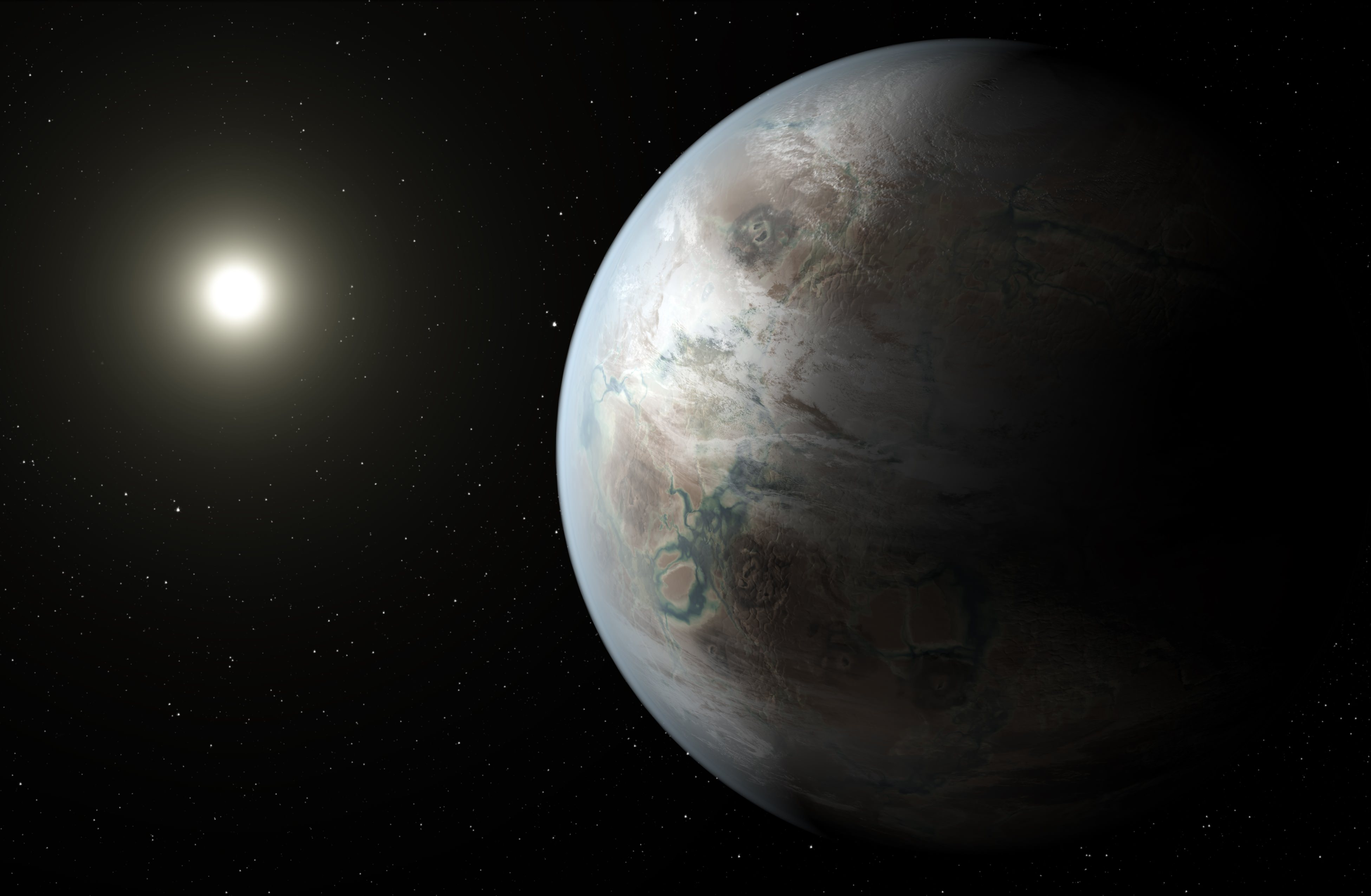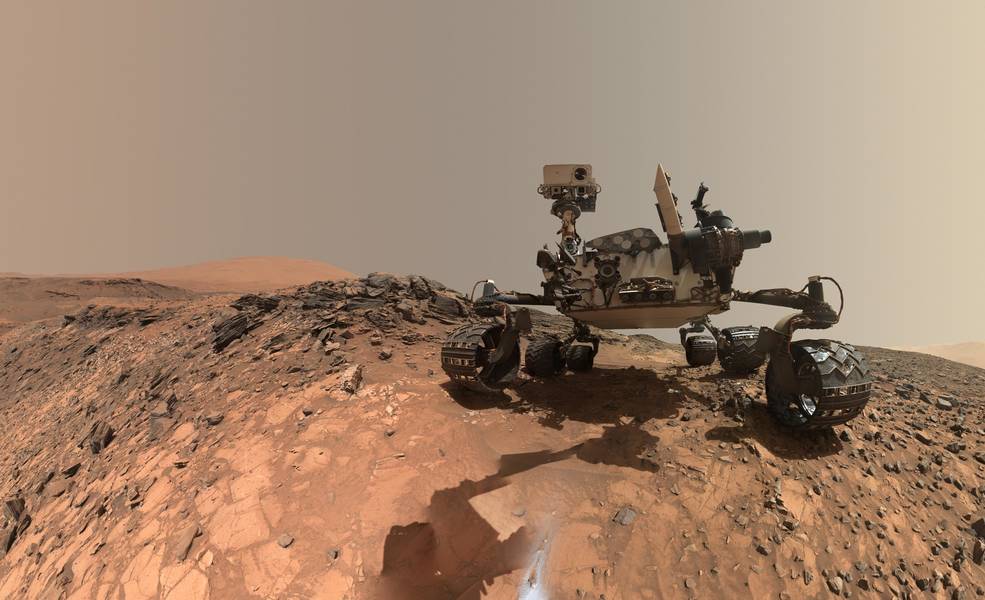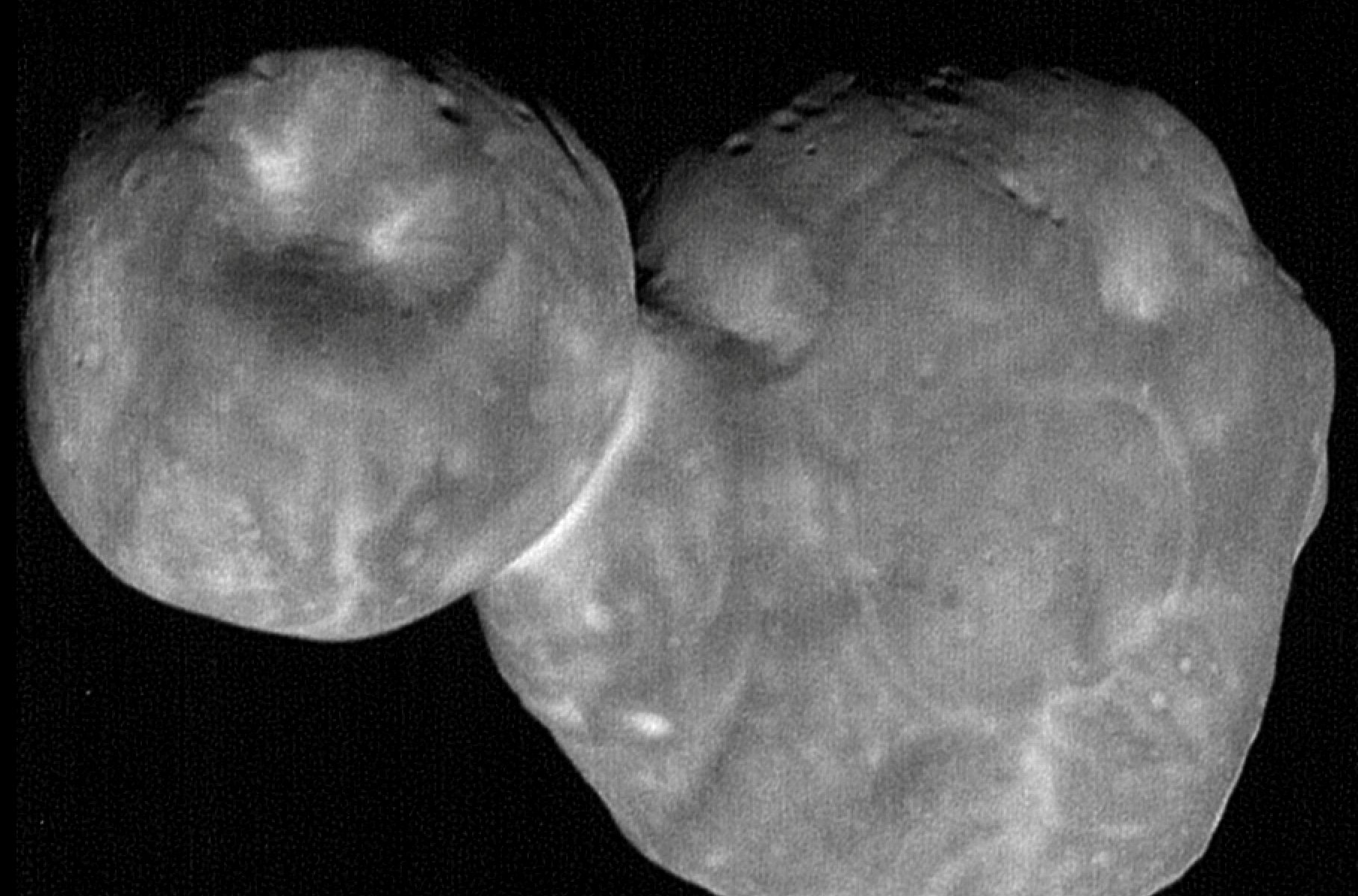When it comes to the future of space exploration, the name of the game is “save money”. To do this, space agencies and aerospace companies around the world are investing in things like reusable rockets, single-stage-to-orbit (SSTO) rockets, and reusable space planes. This last concept builds on the tradition established by the Space Shuttle and Buran spacecraft, two reusable vehicles designed to make space launches more affordable.
The one drawback of these spacecraft was the fact that it still took two rocket boosters and a huge external fuel tank to put them into orbit. This is where the Synergetic Air Breathing Rocket Engine (SABRE) comes into play. With the help of the European Space Agency (ESA) and the UK Space Agency (UKSA), this revolutionary hypersonic engine recently took a big step towards fruition.
Continue reading “Progress for the Skylon. Europe agrees to continue working on the air-breathing SABRE engine”

